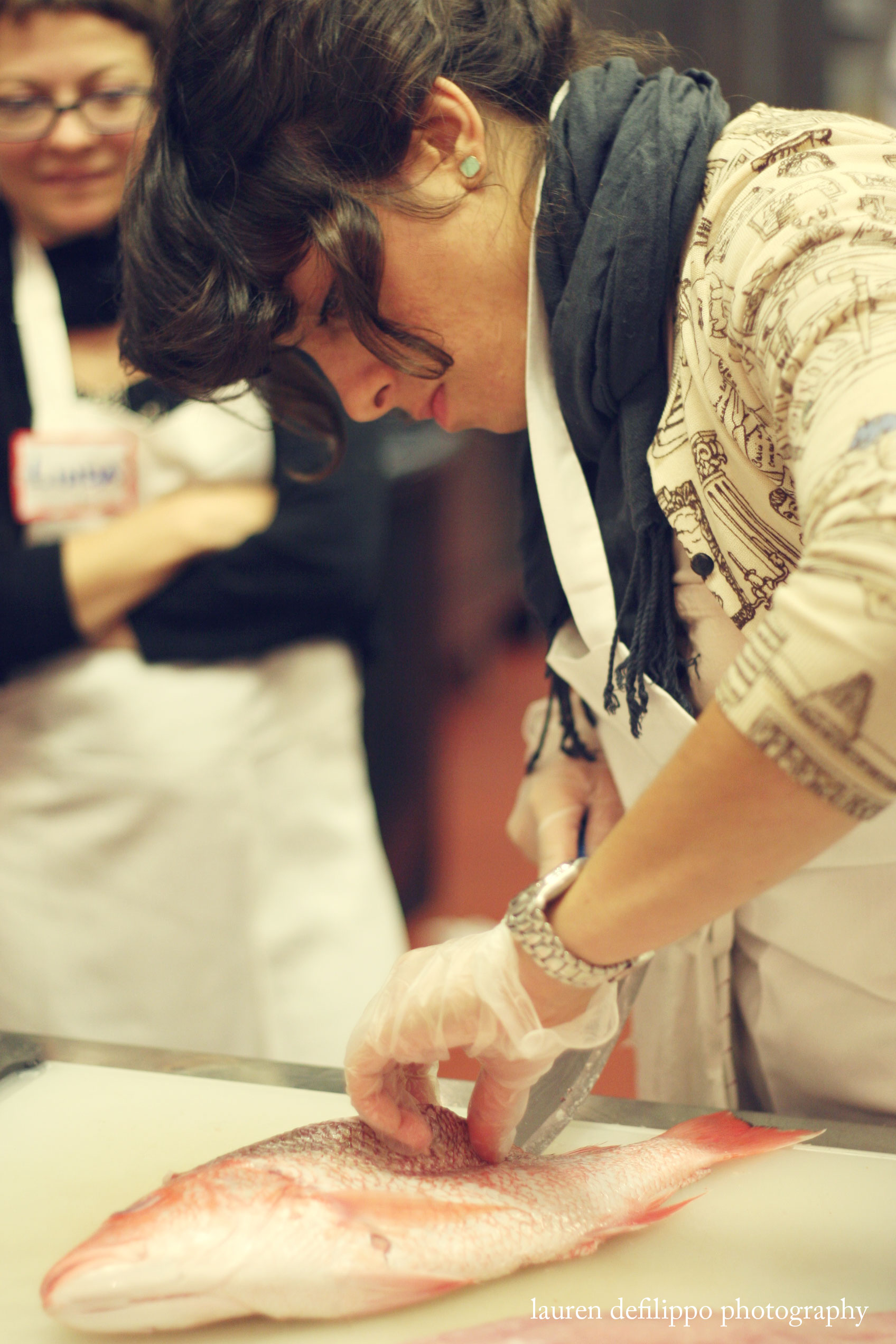SPONSORED POST
One of the best parts of being a Contributing Writer for Honest Cooking is the chance to be a part of a global cooking network. And this fall, my fellow New Yorkers will have the opportunity to experience HC's international reach first-hand, at the publication's first food festival, celebrating Nordic cuisine.
As part of the festival, I was asked to prepare a dish inspired by the flavors and ingredients of Finland. After perusing a few cookbooks and websites, I settled on the idea of smoke, but wanted to use it outside of the traditional context of smoked fish. Among the other ingredients featured in Finnish recipes were dill, mustard and root vegetables, which (in combination with the smoke) reminded me of one of the best dishes I've eaten this year: smoked salt potatoes with green garlic at Bar Tartine in San Francisco.
Armed with inspiration, I set out to create my own smoked salt potato dish. In my previous experience cooking with smoke salt, I found the flavor unexpectedly mild, so I layered it into the dish in three ways. The result is a definitively smoky—but far from overpowering—vegan side, which, coincidentally, would pair very nicely with smoked or fresh fish.
Smoked Salt Potatoes with Celery, Mustard & Dill
Cook time: 30 min
Serves 2-3 as a side
Ingredients
- 340g fingerling potatoes
- two very leafy celery stalks
- a generous handful of dill (3g)
- 1 tbsp whole grain mustard (14g - I prefer Maille)
- roughly 1 tbsp smoked salt*
- 1 bay leaf
- 6 tbsp extra virgin olive oil (50g)
Instructions
- Scrub potatoes and place into a deep pan or small pot. Cover with cold water. Add a pinch of smoked salt and the bay leaf and bring to a boil.
- Once water is boiling, reduce to a simmer. Cook potatoes for about 10 minutes, until tender.
- Meanwhile, pull the leaves off the celery stalks and put to the side. Mince the remaining stalks and put to the side.
- Mix mustard, a handful of the celery leaves, dill, olive oil and a pinch of smoked salt in a blender. (The puree doesn't have to be perfectly smooth, but pulse until you have achieved a fairly uniform consistency.)
- Once potatoes are cooked, drain water and flatten (one at a time) with the back of a wooden spoon or the heel of your hand.
- Heat a neutral, high-heat oil (such as grapeseed) in a cast iron pan. Add the potatoes, leaving enough space for each to be in direct contact with the base of the pan. Sprinkle with a pinch of smoked salt.
- Cook potatoes approximately 3 minutes or until crisped on one side. Flip them and repeat.
- To serve, sprinkle fried potatoes with minced celery. Garnish with celery leaves and dressing to taste.
*I used Alderwood smoked salt, as was used at Bar Tartine, but other smoked salts should work equally well.
Learn more about Nordic cuisine at the NORTH Festival 2013 in New York City. This post is a collaboration between the blogger and NORTH Festival 2013.






